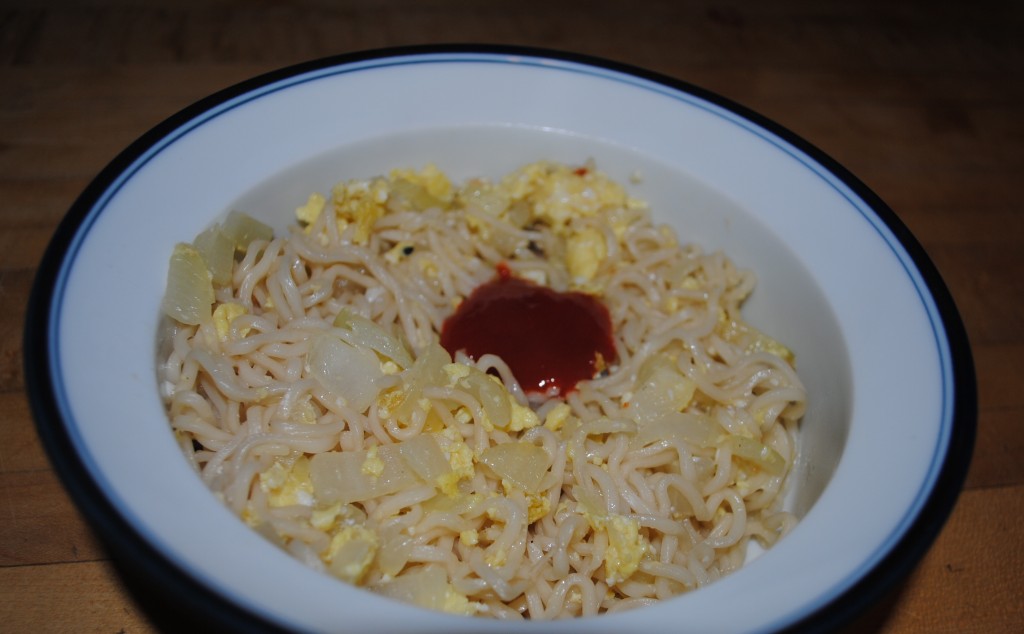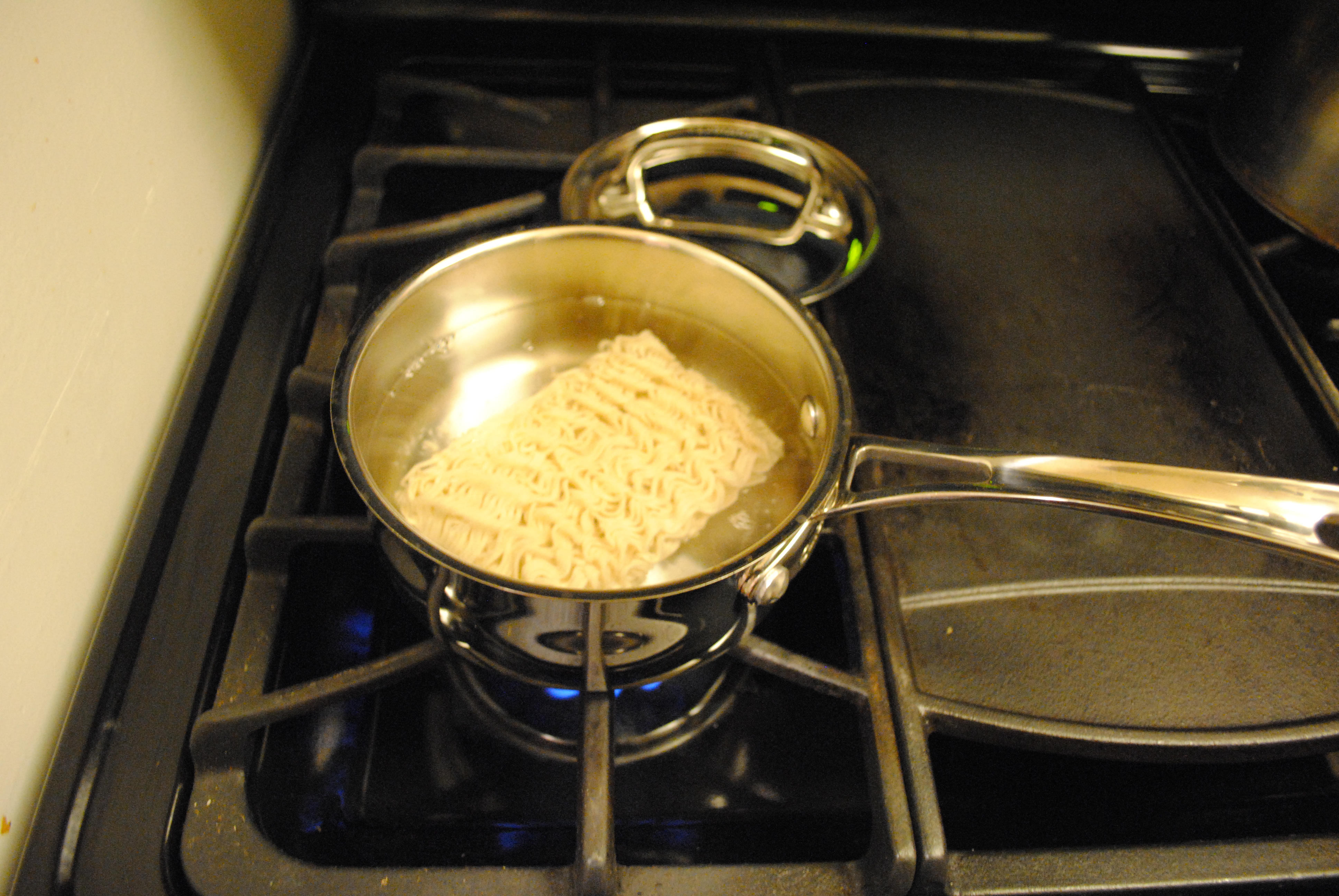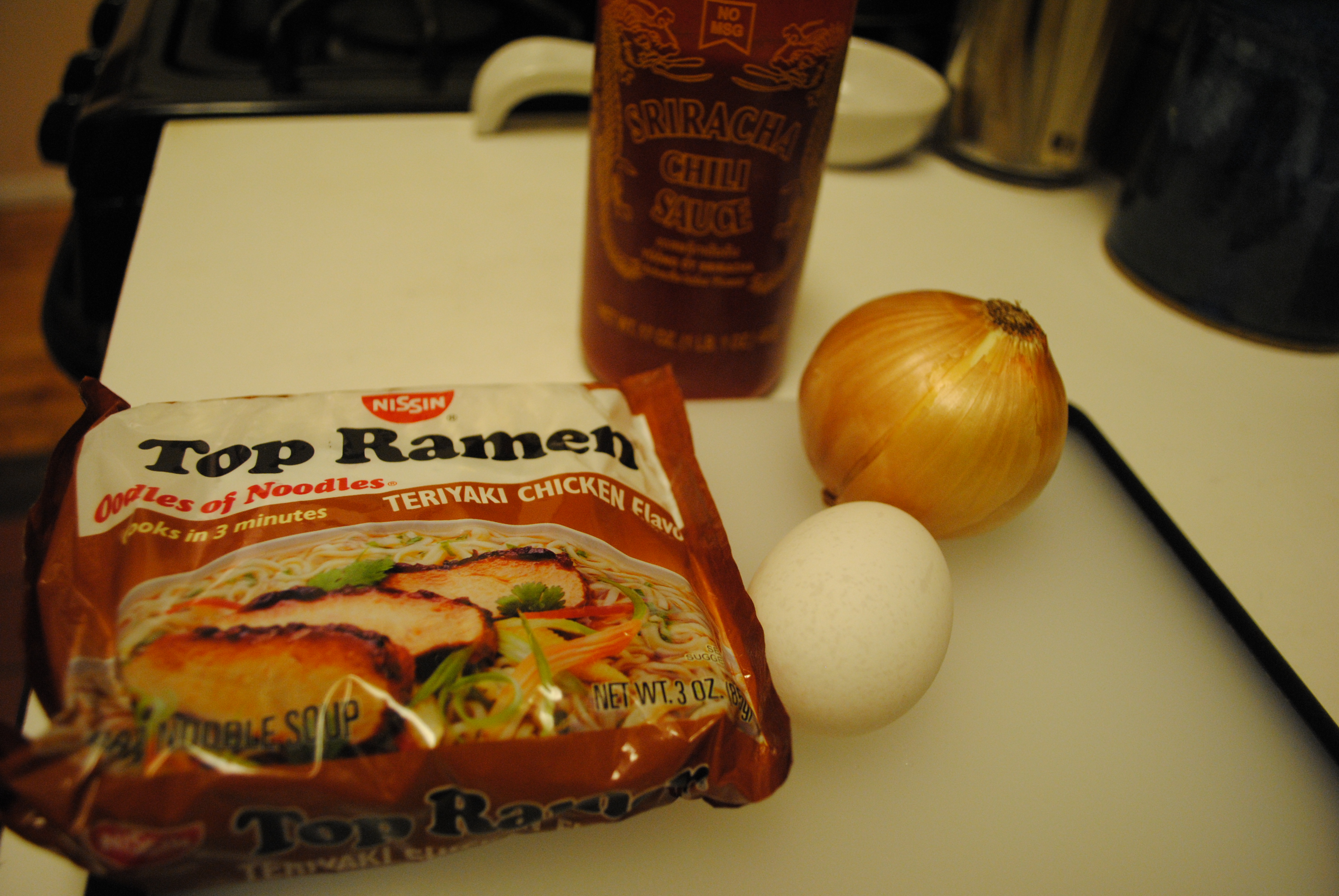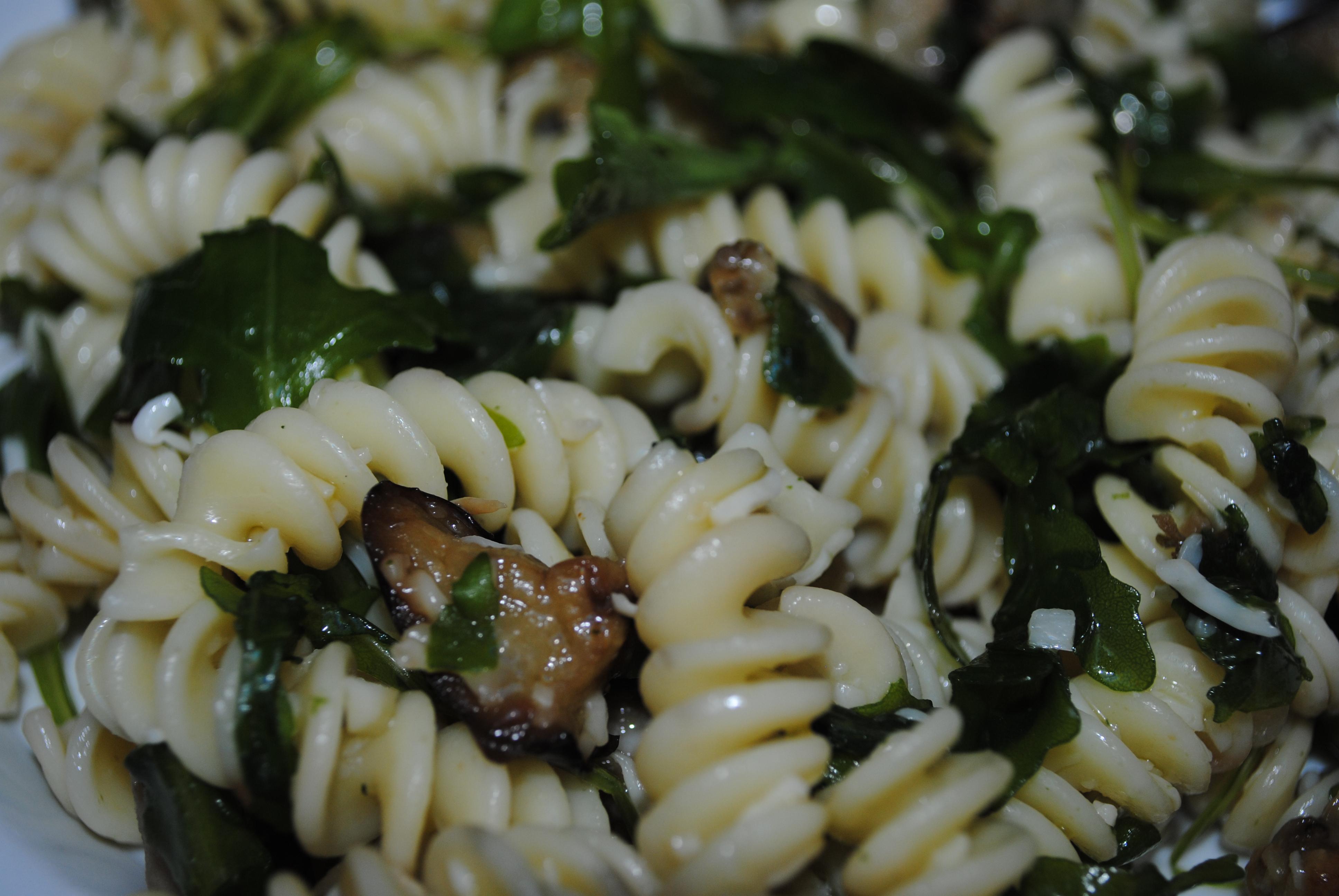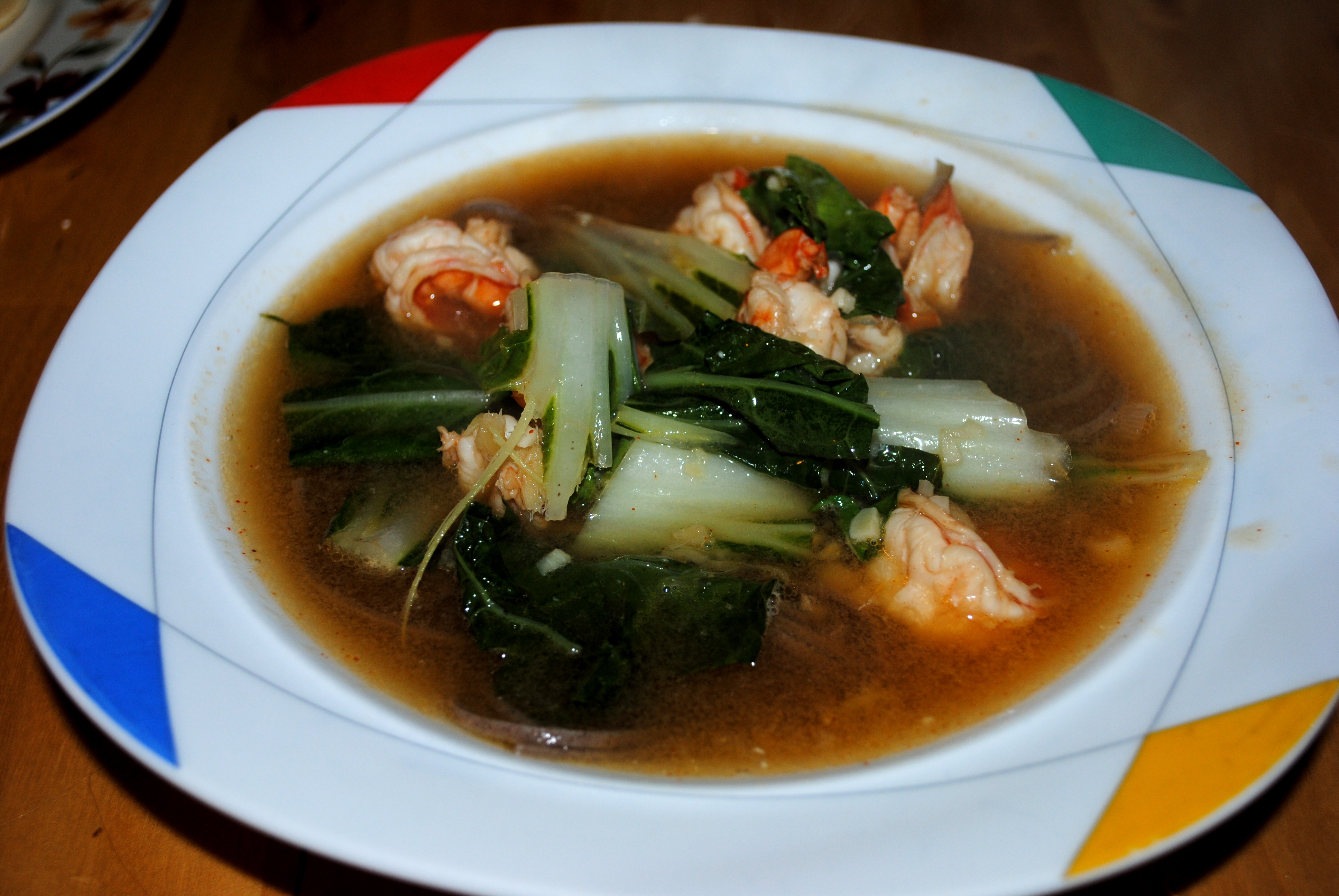A year ago today, on November 20, 2010, I woke up at three in the morning to catch a bus from Tamale in northern Ghana to Kumasi, in the center of the country. I’d spent the night in the home of a very gracious stranger who took pity on four students who had chosen to visit Tamale over the weekend of Eid al-Adha.
Most people think of Ghana as a predominantly Christian country, which is absolutely true in the south. Tamale, however, is the largest city in the mostly Muslim north. When my friends and I got back to the city after a visit to Mole National park (no elephants the weekend we visited, but plenty of wildebeests and Star beer. Also, a driver whose favorite musician was R Kelly and who treated us to “Time to Have Sex” on repeat while we drove around looking at monkeys, snakes and deer), we found that every hotel in Tamale was booked up. Every guest house, every inn with a room to rent was booked. I can tell you this with certainty, because we visited each and everyone of those guest houses in an official UN vehicle driven by yet another stranger who took pity on these hapless American tourists.
Hospitality in Ghana far eclipses what we think of as hospitality in the US. This is true in every part of the country that I visited, but the hospitality in northern Ghana was especially remarkable. Most of this hospitality was expressed in action: the offer of shelter for the night, or the ride around town in the UN official’s car.
But really, when I first got to Tamale, I was most grateful for the food. It’d been a fourteen hour bus ride from Accra (if you Google map the trip, the internet will claim that it will take you no longer than 8 hours and 14 minutes to make the journey. This is a lie). When we got to Tamale, I wanted nothing more than easy food and early sleep. Luckily there were other students who’d arrived in the city the day before and made friends with a bunch of local dancers our age. One of the women in the group took us to a food stand near the hotel, where (after we were able to find a fork to borrow), we were served hot, delicious, flavorful bowls of. . . ramen noodles.
Or, more precisely, Indomie. Indomie is a really good Nigerian equivalent of ramen, which I ate more often than I would care to admit while studying in Ghana. Much as I like ramen noodles in any quick-eating situation, the noodles I ate in Tamale were better than anything I would ever have associated with an instant meal. This is my remembered approximation of that deeply rewarding and well-deserved meal. It takes about 5 minutes longer than traditional ramen noodles and costs less than $5 a serving. I can’t imagine a more comforting quick and easy lunchtime meal!
Ingredients—Serves 1
1 package ramen noodles—50 g
1/2 small onion, chopped
1 egg, beaten
1-tablespoon vegetable oil
1-teaspoon harissa or siracha sauce (or more to taste)
1. Cook ramen noodles according to package instructions. Drain most of the water, but leave enough to keep the noodles moist. Add between a quarter and a half of the included seasonings. I find that either plain chicken or plain beef flavor work best for this. Set aside for the moment.
2. Sautee the onions in a small pan over medium heat until translucent. Then add the beaten egg, and mix around as you would for scrambled eggs.
3. As soon as the egg starts to become at all solid, mix the noodles into the egg and onion mixture. Remove from the heat and continue to stir the mixture until it is blended and the egg is as solid as you would like it for scrambled eggs (this varies from person to person).
4. Pour the noodles into a bowl and add a teaspoon of harissa or siracha sauce. Mix together and enjoy!
Total Carbs: 50 g.

